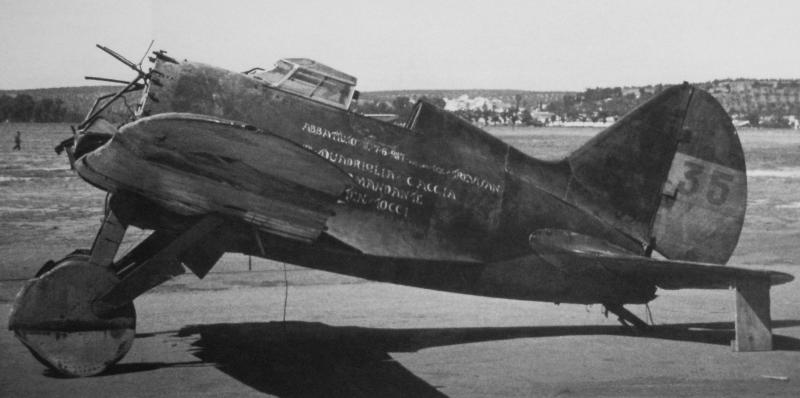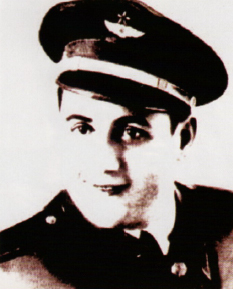
Boot from Ebra
In November 2011, a 44.5-size shoe with a rubber sole and the remains of a calf bone was found near the town of La Fatarella in eastern Spain. Although the police were immediately called in, the appearance of the shoe suggested that it would not be a recent crime, but that the remains found would be of more interest to archaeologists. They discovered the skeleton of a man about 180 cm tall, who had with him ammunition for Soviet-made rifles and two hand grenades of Polish origin. According to the fragments found, the corpse was identified as a soldier of the Republican International Brigades, who was killed by a grenade explosion. It had him partially covered with soil and the advancing soldiers of gen. Francotook his rifle, helmet and covered the protruding rest with soil. Under these circumstances, the date of "Charlie's" death (as it was called by the scientific community) can be determined quite accurately. It happened on November 14, 1938 during the final phase of the Battle of Ebro.




